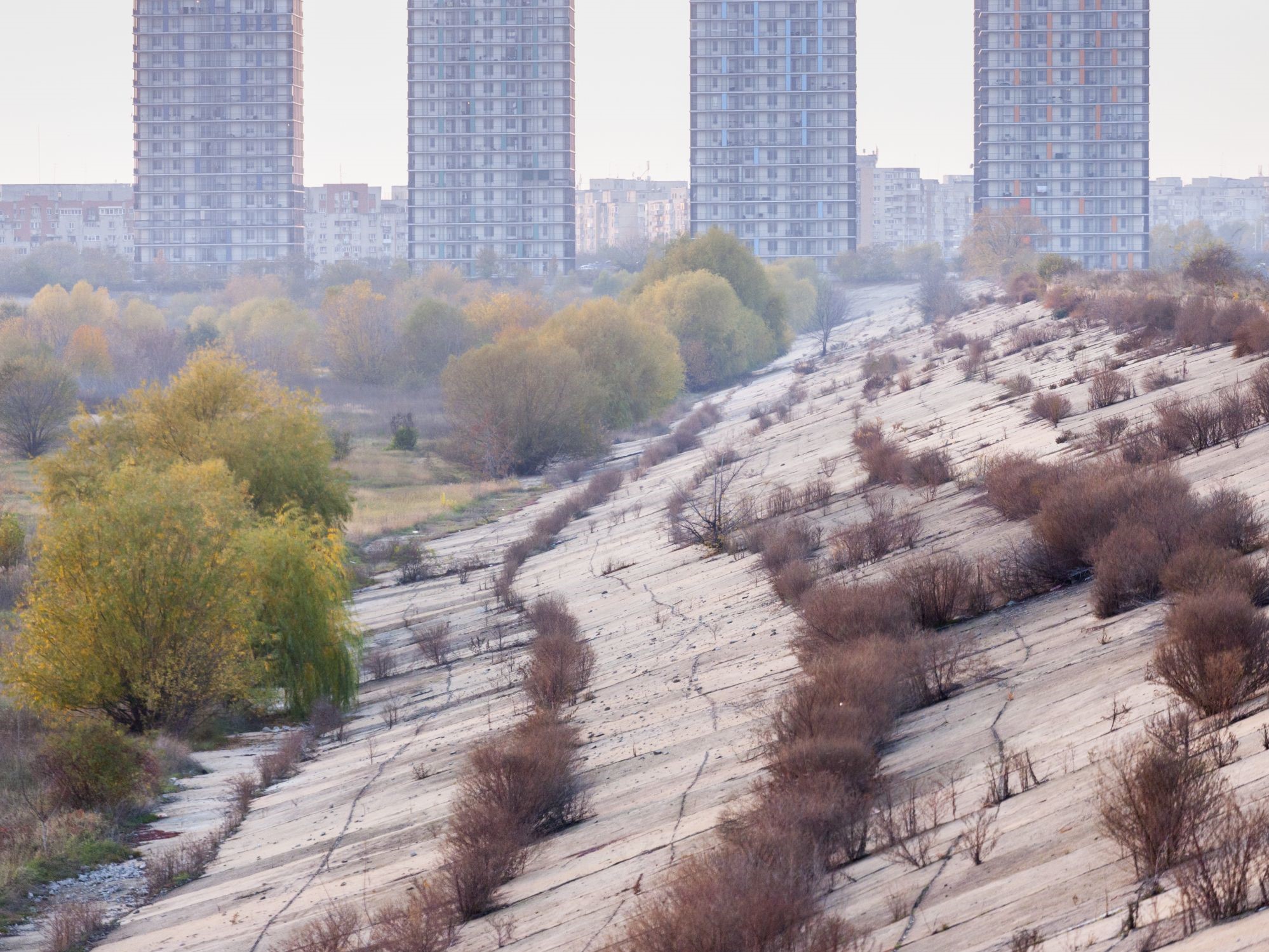Text: Mihai Duțescu
Photo: Andrei Mărgulescu
Unlike Rahova or Berceni, or other neighborhoods with clearly defined boundaries, Vitan – at least the way I see it – is a large nebula. Rather than a delimited territory, it’s a neighborhood where mythology beats materiality by far, where abstractions are more consistent than the actual physical features of the place. Perhaps because, after Ceaușescu’s bundle of demolitions of the old historical fabric developed along the commercial Vitan/Dudești roads, there was almost nothing left, the new chunk of the city which has been placed in its stead has nothing special. There are apartment buildings like everywhere, neither taller, nor lower, with the same ubiquitous concrete spaces in between, now filled with cars; apartment buildings, most of them made of prefabs, which house the same people as everywhere in proletarian middle-class wannabe Bucharest.

Therefore, I cannot perceive this neighborhood as a coherent place (with some good or bad sides), like other neighborhoods, but as an indefinite conglomerate that succeeds, however, in adjusting its identity more smoothly, depending on the case, bit by bit, based on the immediate dynamics around the few urban landmarks in the neighborhood. These landmarks would be:
– the car fair in Vitan-Bârzești, aptly called “Autovit”;
– the Văcărești Delta, on the neighborhood boundary with Berceni;
– București Mall, the first mall in the city, which whetted Bucharest residents’ taste for life at the mall.
Each of these landmarks (there are other, smaller ones) succeeds in bestowing something of its personality on the neighborhood.
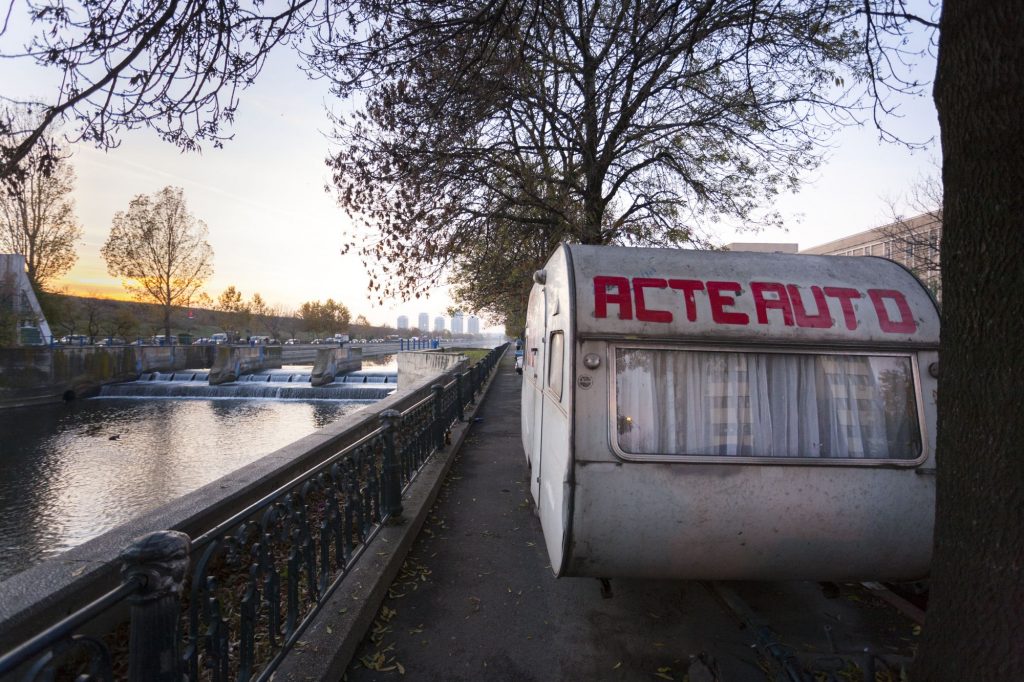
The “Autovit” Fair is an experience in itself, they say it’s the largest fair of its kind in Europe.

However, it’s certainly among the fairs most packed with middlemen and tricksters, guys in tracksuits and cars with unauthorized parts. I don’t know if cars at other fairs have their mileage just slightly altered, as they do in Vitan, and I don’t get what responsible person would dare to buy a car there, but the fact is that all the shady energy of this place overflows into the neighborhood in various ways: until recently, proximity to the Fair was seen as an advantage in real estate ads, while the probability that the newly finished buildings in the area be just slightly illegal too is very high. And the zest with which new apartment buildings are built is also very high in Vitan.
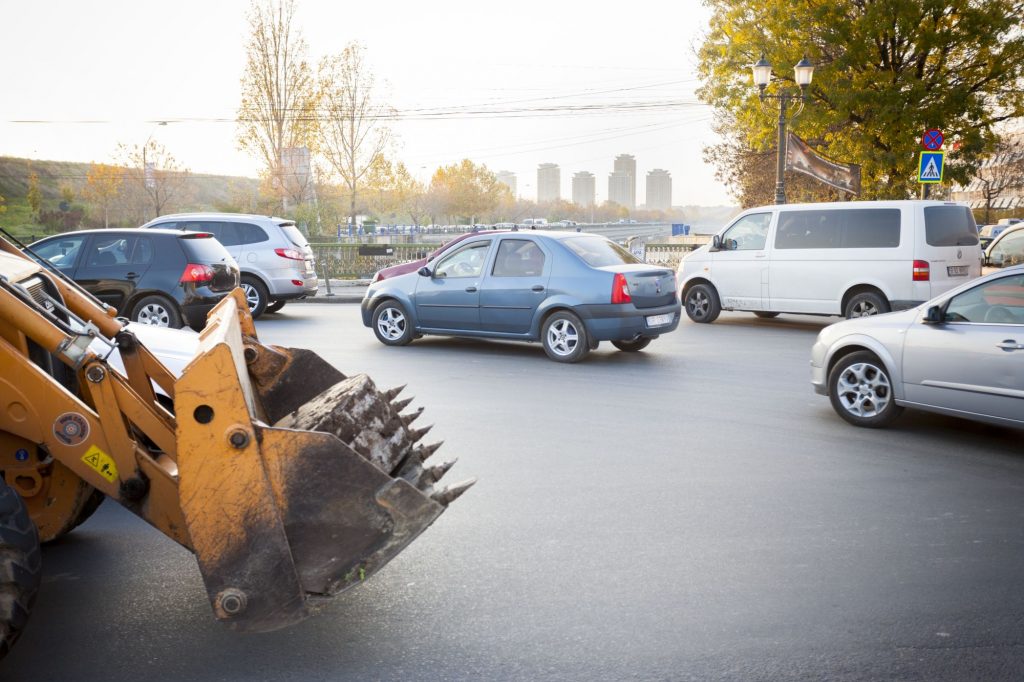
Switching to a different register, the “Văcărești Delta” first and foremost has a symbolic value for Bucharest. It arose from a series of extreme aggressions and then from crass ignorance, where no man set foot for decades, though that place could have been actively integrated in the city: it still isn’t, nor do I see any hope for it to ever be integrated as much as it would deserve.
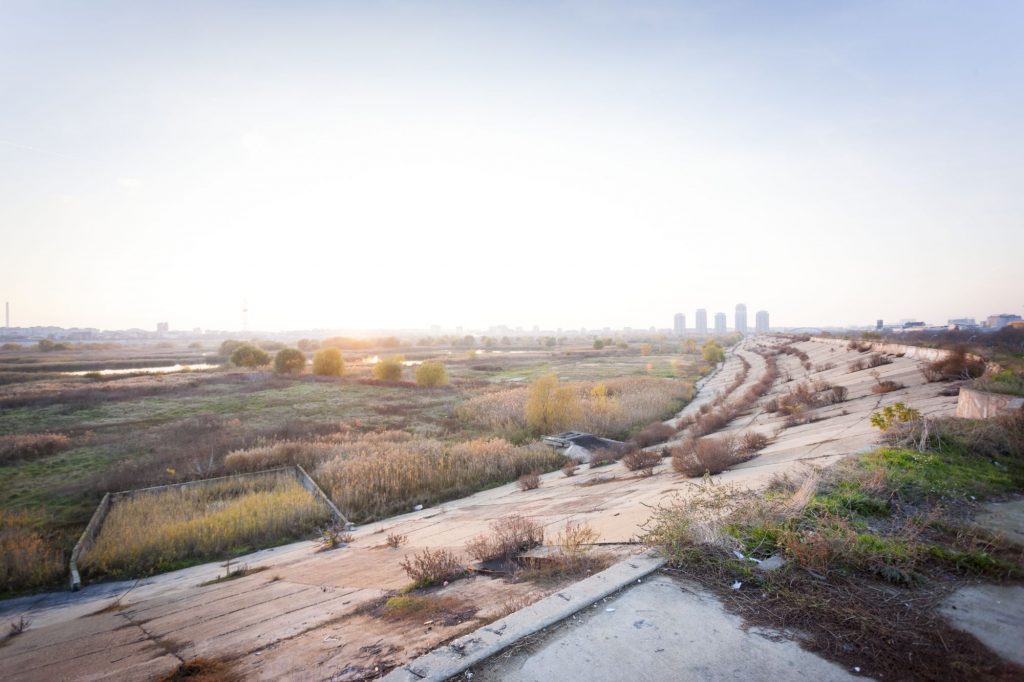
Thanks to the efforts made by a handful of people, more idealistic than me, in 2016 it got to be declared a Natural Park and thus to benefit from protection regulations. Anyway, this urban Delta represents the triumph of Nature (Life/Vitality) over the City. I know, I’m pushing it, but I think of it as a rare and beautiful animal, grown in the wild, therefore robust, but also delicate, scared, evanescent, carrying in its DNA all the miseries that people have performed on its species. The few inhabitants of the Delta are no less vital, they’re people who live improvised, medieval lives, in the middle of nature, and in the middle of a European capital. In summer, because of the drying reed that ignites at any spark, and perhaps from other causes, they and their families catch fire at times; their huts, their possessions burn down, TV people arrive, petitions and indignations on Facebook begin anew. There is much to say about the Văcărești Delta, starting from the extreme aggression I have mentioned above (the demolition of the Văcărești Monastery, the systematizing/concreting of the Lake) to the newer aggressions: the road infrastructure projects and the real estate developments in the area.

Finally, Vitan Mall is the first mall in Romania and it’s been built in the 90s on the ruins of a “Hunger Circus”; it’s absolutely remarkable how a sinister symbol of communism has managed to be converted quickly and without emotion into a capitalist symbol.
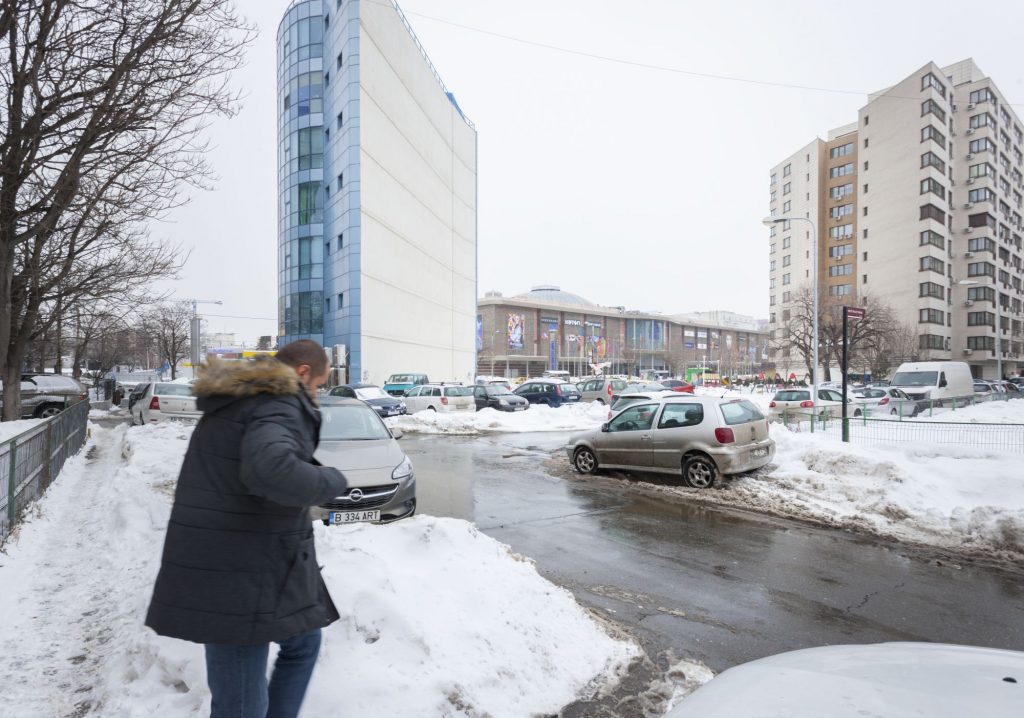
The “Hunger Circuses” were intended to be huge canteens built according to a standardized design package, set here and there in the neighborhoods of the city, where all the residents of the neighborhood would eat at scheduled times; in fact, they were designed to replace the future need to build kitchens in apartments (and thus, grocery stores were probably going to disappear for good). They remained skeletons/desiderata, as they never got to be finalized, and their abandoned concrete structures still haunted the city in the early ‘90s. Some have been reused, as is the case in Vitan.
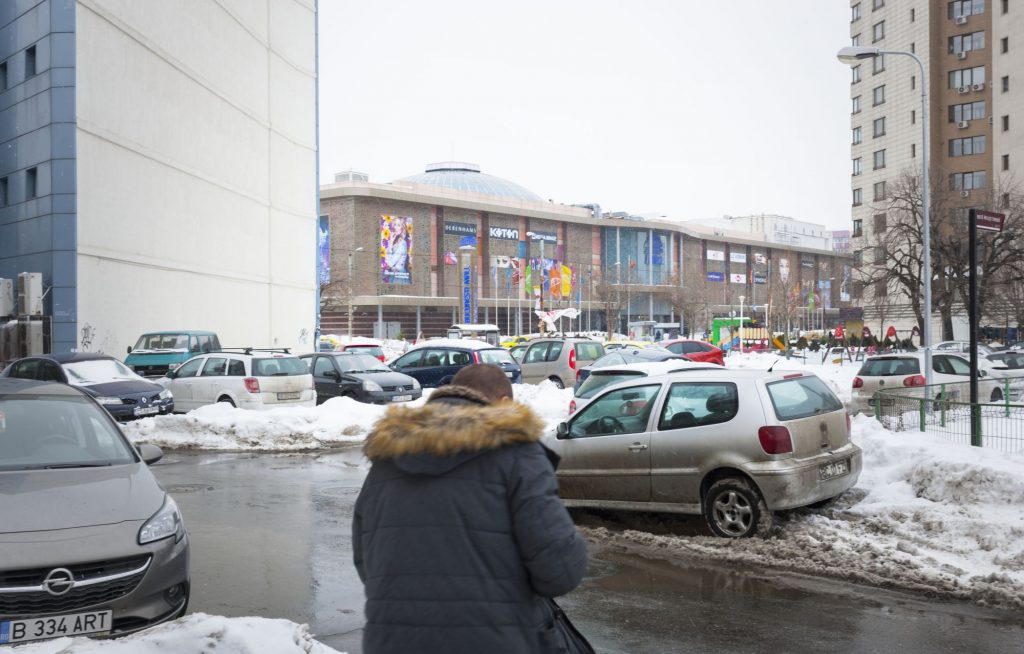
Others – as in Chirigiu, Rahova – have been of no use because, as it happens, I used to pass by daily by tram and, from day to day, I used to see that concrete getting more and more stained, from the rusting fixtures. It was probably found that it would be cheaper to demolish than to consolidate, and they rebuilt a completely new mall building– Liberty Mall, which is almost deserted. It has never had the luck of its big brother in Vitan, clearly also because of the lower living standards in Rahova. On the other hand, Vitan Mall has a colossal significance for the urban imaginary. It represents the very idea of a public space in the view of Bucharest residents.
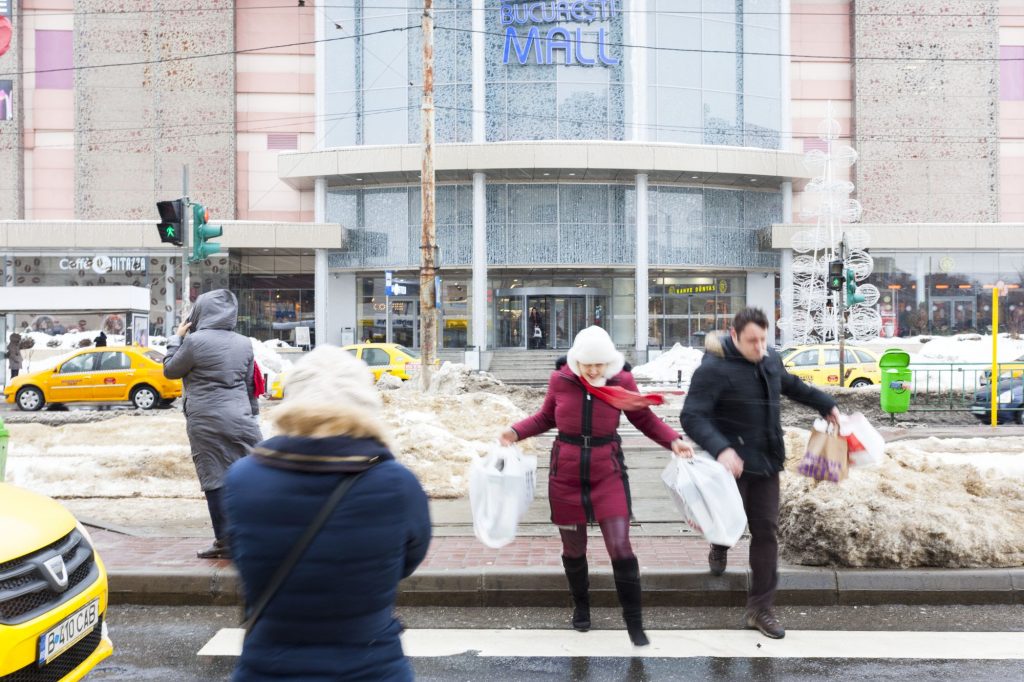
From the mid-90s, when it appeared, it has influenced the lifestyle of the city dwellers, it has polished their manners, it has set standards. Last, but not least, it has influenced and goes on influencing the real estate market within a radius of several kilometers. In the absence of other physical landmarks, on an avenue equal to itself from one end to another, Vitan Mall also represents a major physical landmark. In recent years, it has been extended and it has received new façade decorations; from an architectural viewpoint, it now looks no better or worse than other malls in other (emerging) European cities. It’s useful, necessary kitsch.
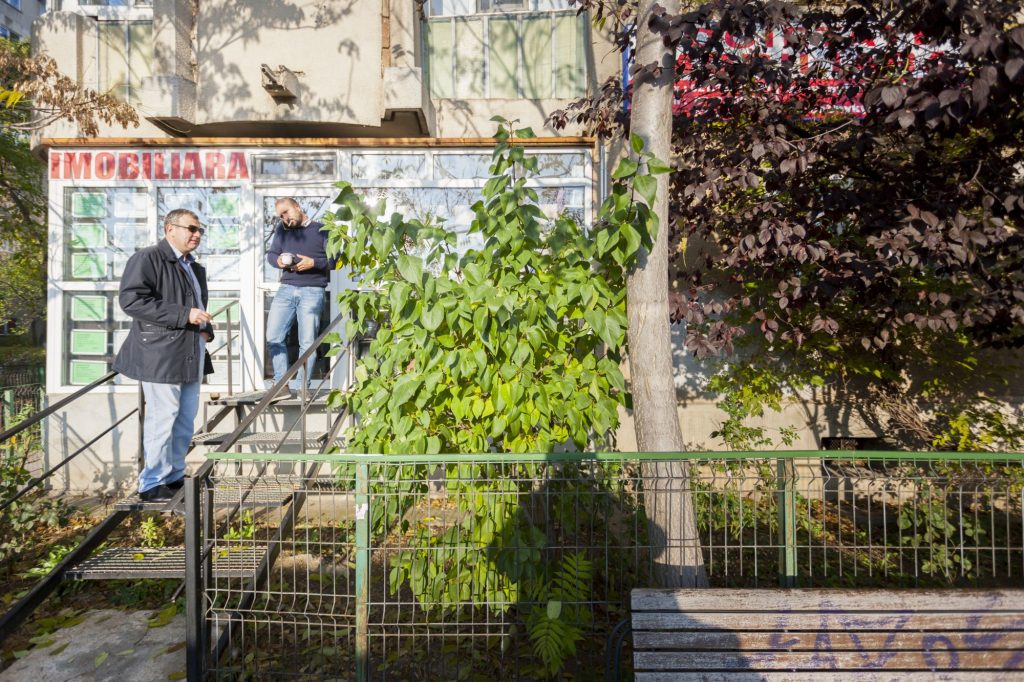
I should also write about the new real estate hysterias. It would complete the picture of this rather “dynamic” area of the neighborhood, seemingly always chasing new schemes, deals, errands, wrapped in beggarly banners, with ads that make you wonder.
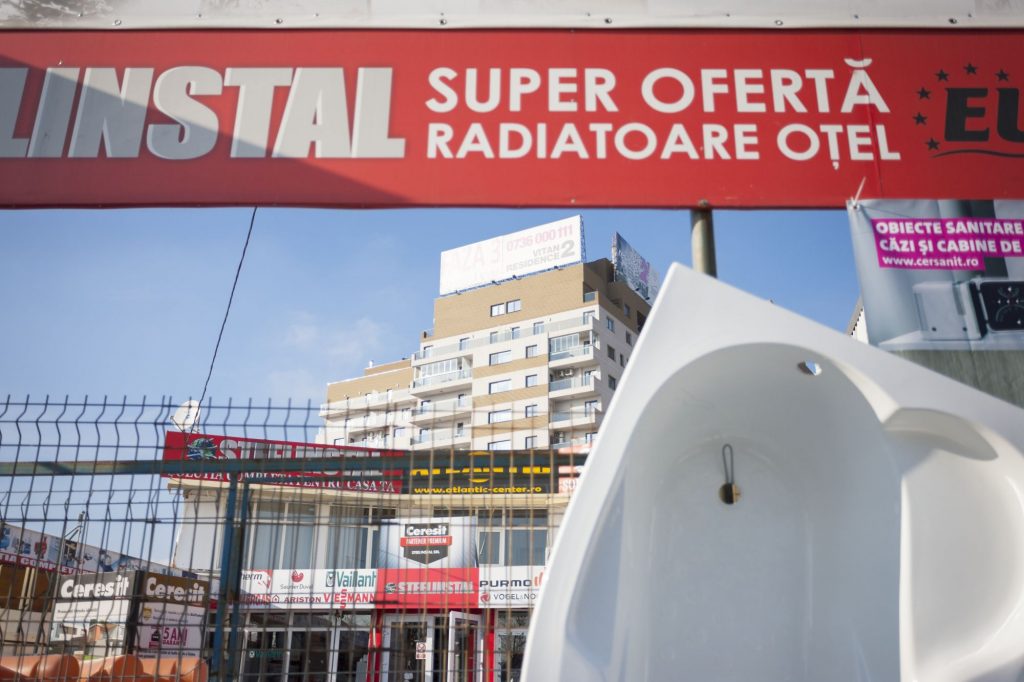
The neighborhood is starched and perfumed neighborhood in the proximity of the Mall, struck by spleen around the Văcărești Delta, dragged into Balkan angst at the core of the Car Fair: real estate developments represent the locus of all these ingredients. Though I don’t think they build more here than in Berceni, for instance, Vitan is still more visible. New apartment buildings are very much present, it’s enough to get lost down the little streets behind the Mall, or down those opposite the new overpass from Văcărești or down those near the former Timpuri Noi industrial area, and you’ll see them rising on often improper plots, forcing the land, the area. But we might say it’s normal, because Vitan is a sought-after neighborhood, it’s closer to the center of Bucharest than others. Countless swindles have been performed, keep being performed and will be performed at the limit of the law in the construction sector, from the desire for maximum profit. On the principle of: “Did you fit seven floors in? Add another one, figure out how to squeeze it in, so that eight will fit in… Aah? You got eight in? Then squeeze in two more. That’s it, now we have ten… Have you noticed they fit? Next time don’t you say they don’t fit!” – but I won’t go into more detail, simply because the space does not allow it. One can write serious studies on this matter. Or a novel.
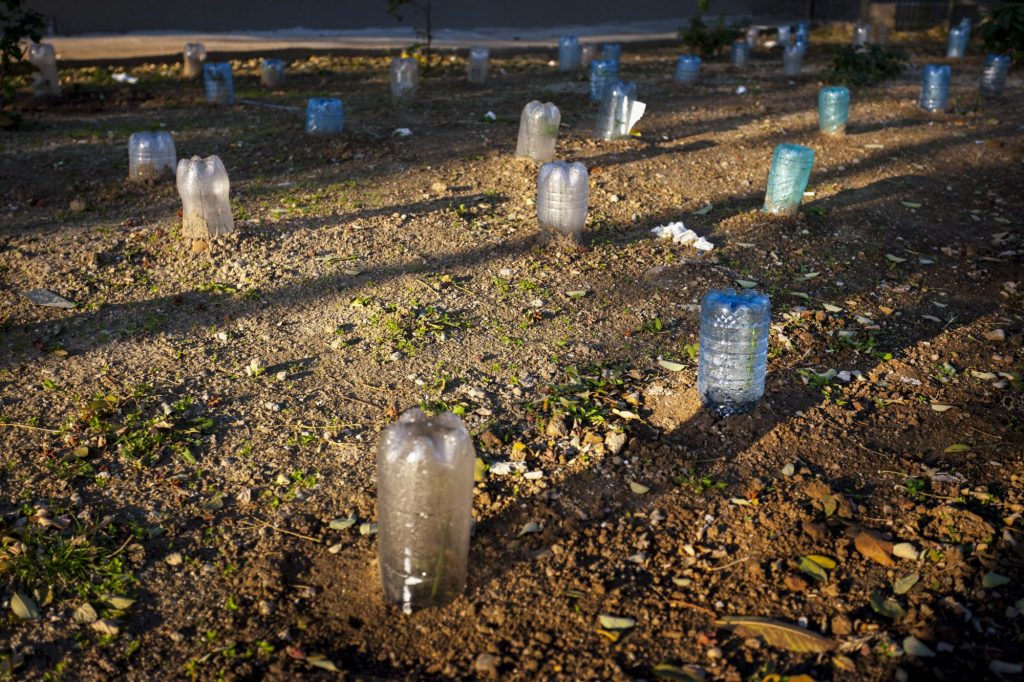
This text is part of Southern Stories – my personal contribution to ”Actopolis.Bucharest-South” project consists of a set of narratives about several key-points in the area. Each of these stories documents one neighbourhood, and particularly one specific aspect of that neighbourhood. The stories are about places but always also about people using, inhabiting and transforming these spaces. I live in this part of the city. I both like it and hate it, and as an architect and writer I believe I can understand and (sometimes) anticipate its transformations.
Andrei Mărgulescu’s precise and empathic photos are meant to accompany the text but they compose a distinct visual discourse on the places and people that inhabit and use them.
Related article:
Stories from Bucharest South. #1 Rahova / Antiaeriană

